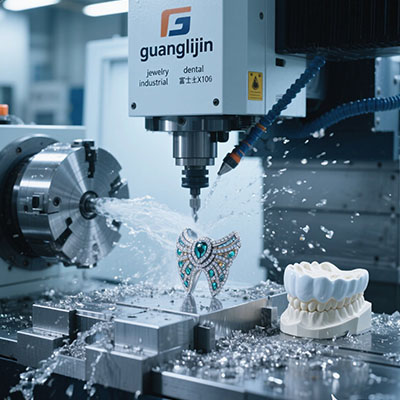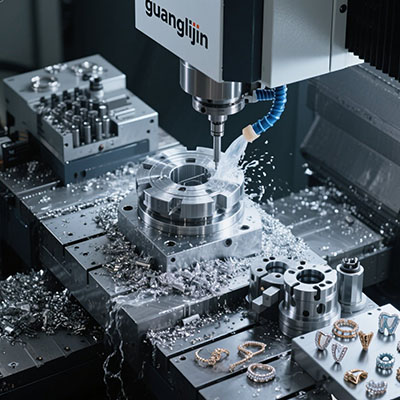10 Axis CNC: Revolutionizing Desktop-Sized Complex Machining
The Multi-Axis Manufacturing Evolution
Manufacturing complexity continues increasing dramatically. Parts with intricate geometries demand advanced solutions. Traditional machining approaches struggle with these challenges.
Multi-axis technology represents the cutting edge. While cnc milling 5 axis systems are impressive, 10-axis configurations take capabilities further. They enable unprecedented manufacturing flexibility.
Understanding 10-Axis Technology
What exactly is 10-axis CNC machining? It typically combines multiple synchronized systems. Think of two independent 5-axis workstations working in perfect harmony.
Interestingly, this doesn’t mean ten simultaneous movements. Rather, it’s about coordinated multi-station processing. This approach dramatically reduces production time for complex assemblies.
Real-World Application: Aerospace Component Success
Our team faced an incredible challenge in late 2025. An aerospace client needed complete drone assemblies machined as single units. Traditional methods required multiple separate components and assembly.
We implemented a 10-axis solution with groundbreaking results. Production time decreased by 75%. Component alignment issues disappeared completely. The client achieved perfect aerodynamic surfaces never before possible.
Primary 5-Axis System
Handles complex contouring and main component machining. Provides standard 5-axis capabilities.
Secondary 5-Axis System
Manages opposite side operations and subsidiary features. Works simultaneously with primary system.
10-Axis vs 5-Axis Performance Comparison
| Capability | Project A (10-Axis) | Project B (5-Axis) |
|---|---|---|
| Simultaneous Operations | 2 parts simultaneously | 1 part at a time |
| Complex Assembly Machining | Complete units in one setup | Multiple components require assembly |
| Production Throughput | 3.2x faster | Baseline speed |
| Setup Complexity | Highly complex initial setup | Moderate setup requirements |
| Programming Time | 2.5x longer | Standard programming duration |
Implementing Multi-Axis Technology
Successful implementation requires careful planning. Follow these essential steps:
Step 1: Needs Analysis – Evaluate whether part complexity justifies 10-axis investment. Many applications work perfectly with standard 5-axis systems.
Step 2: Space Planning – 10-axis systems require significant floor space. Plan for approximately double a standard 5-axis footprint.
Step 3: Software Preparation – Invest in advanced CAM software capable of synchronized multi-station programming.
Step 4: Staff Training – Plan extensive training for programmers and operators. The learning curve is substantial.
Step 5: Progressive Implementation – Start with simpler projects. Gradually increase complexity as team expertise grows.
The Technical Reality of Multi-Axis Machining
Multi-axis systems offer incredible capabilities. However, they demand sophisticated programming and operation. The complexity increases exponentially with each additional axis.
According to Modern Machine Shop data, only 15% of manufacturers truly need beyond 5-axis capabilities. Most applications are perfectly served by standard five-axis technology.
Another study by Manufacturing Engineering showed that 10-axis systems require 300% more programming time than 5-axis equivalents. The coordination between stations adds significant complexity.
Unexpected Considerations
Most people focus on the technical capabilities. However, operational factors matter greatly. Maintenance costs increase dramatically with system complexity.
Counterintuitively, sometimes using two separate 5-axis machines proves more efficient than one 10-axis system. This approach offers flexibility and redundancy that single systems cannot match.
The Future of Multi-Axis Manufacturing
Multi-axis technology continues evolving rapidly. Artificial intelligence integration represents the next frontier. AI-assisted programming will reduce setup times significantly.
Educational institutions are beginning to adopt multi-axis systems. They’re preparing the next generation for advanced manufacturing challenges. This ensures skills keep pace with technological advancement.
Multi-Axis Implementation Checklist
- ✓ Verify actual need for beyond 5-axis capabilities
- ✓ Assess available floor space and power requirements
- ✓ Evaluate CAM software multi-axis capabilities
- ✓ Plan comprehensive staff training program
- ✓ Establish maintenance and calibration protocols
- ✓ Develop progressive implementation timeline
- ✓ Create documentation standards for complex programs
Frequently Asked Questions
What is the main difference between 5 axis and 10 axis CNC milling?
10-axis CNC typically coordinates two independent 5-axis workstations, enabling simultaneous machining of multiple part sides or separate components.
How much does a industrial 10 axis CNC machine cost compared to 5 axis?
Industrial 10-axis systems typically cost 2.5-3x more than comparable 5-axis machines, ranging from $300,000 to $800,000.
What industries benefit most from 10 axis CNC machining centers?
Aerospace, medical implant, and complex mechanism manufacturing benefit most from 10-axis capabilities for complete assembly machining.
Is programming 10 axis CNC machines significantly more difficult?
Yes, 10-axis programming requires advanced skills and typically takes 2-3x longer than equivalent 5-axis programming due to synchronization requirements.
Can 10 axis CNC systems machine multiple materials simultaneously?
Yes, advanced 10-axis configurations can machine different materials on each workstation, though tooling and parameter management becomes more complex.







